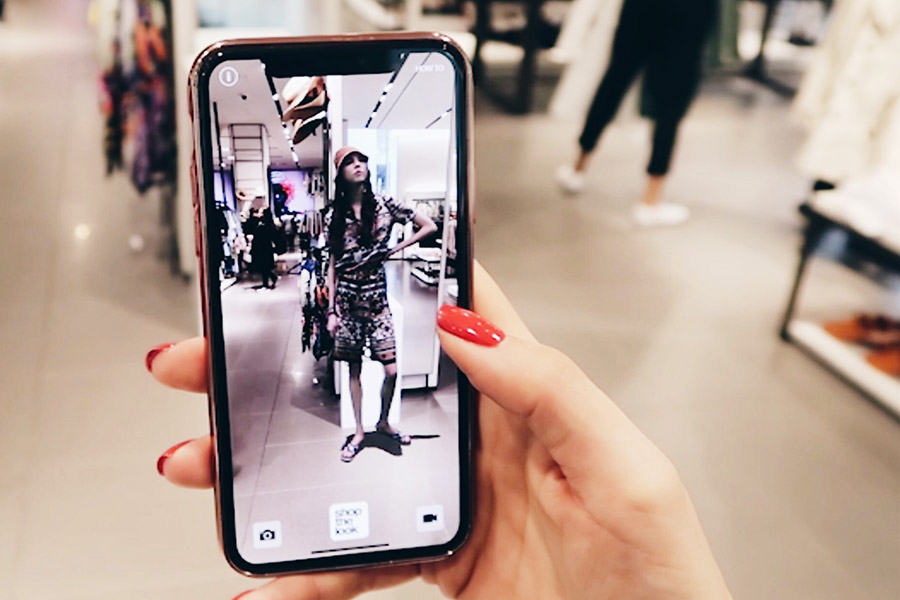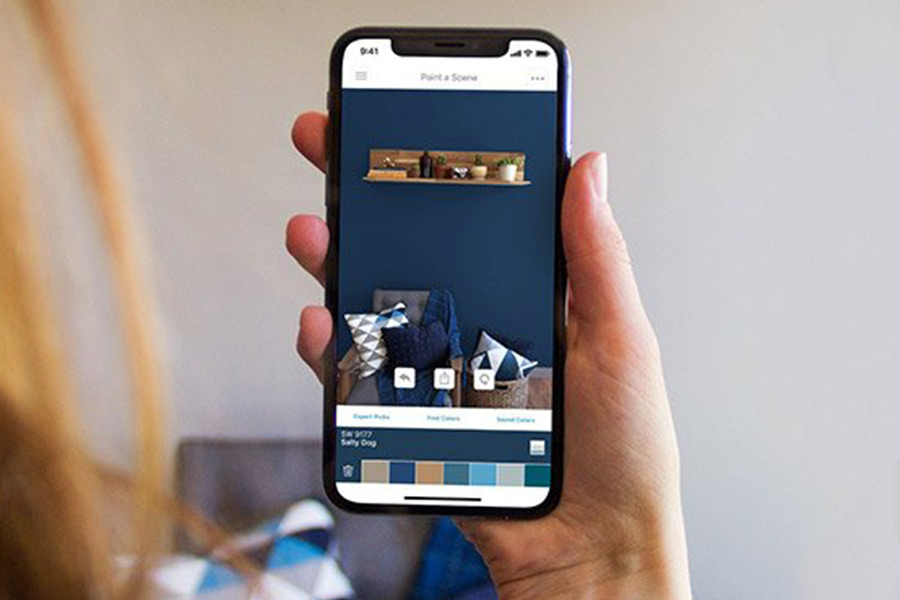Resources - Blog
Augmented Reality: What It Is and How It Works

Stay on top of the latest e-commerce and marketplace trends.
Augmented reality (AR) is on pace to develop into an $83 billion market by 2021.
AR, which is a technology that involves overlaying computer-generated information onto existing real-world views, is largely accessible via mobile devices and used by nearly 70 million people monthly, representing 21% of the U.S. population.
The technology can be utilized via smartphones, tablets, desktops, glasses, and headsets. While the term was coined in 1990, the technology is now hitting its stride due to the popularity of Pokemon Go in 2016 as well as Snapchat lenses and filters.
AR is seen in games and mobile apps that allow users to “try before you buy” by superimposing virtual images onto real-life photographs or videos, potentially leading to cross-category sales and upsells that would not have happened otherwise.
Consumers can create filters and photo lenses, virtually “try on” cosmetics or clothing options, see display ads, visualize how new furniture looks in a specific space — like lkea has done with its Place app or Sherwin-Williams with paint selection — and so on. Although today much of AR experimentation is occurring in the apparel and furniture space, it has the potential to apply to a wide array of industries and markets. Given the technology’s relevance and growing adoption, over a quarter of the U.S. population is on track to use it by 2021.

Further, there is widespread use of AR among social media users. In 2019, more than half of all U.S. AR users utilized AR via social channels – Snapchat filters, Facebook camera effects, Instagram filters, and Pinterest visual search, among others.
The disruptive technology effectively bridges the gap between at-home and in-person experiences, and will continue to transform e-commerce over time. Although AR is still in its early days, technological advancements are being made daily in the space. When the technology becomes less cumbersome, it is on pace to dramatically change how consumers buy.
What is driving the dramatic growth of AR? In June 2018, Apple introduced its iOS 12 operating system, which enabled consumers to absorb and share AR experiences. In addition to that, it improved ARKit, its software development framework that allows developers to create their own AR experiences.
Later in the year, Google introduced ARCore, which granted Android devices similar capabilities. As you can see, the investment from significant brands like Apple and Google demonstrates their commitment to improving and further developing AR experiences. With social proof prevalent in today’s culture, the more brands witness industry leaders leverage the technology, the more apt they will be to experiment with it to improve and enhance their own customer relationships.
How You Can Use AR to Optimize the Consumer Experience
As a brand or retailer with an online and offline presence, the onus is on you to follow the trendlines for AR as a whole and decide if it makes sense to incorporate into your business. If the answer if yes, make sure that AR, whichever way you decide to leverage it, is useful for your existing and prospective customers and provides either information, convenience, entertainment, or a combination of these.
You can utilize the technology to accelerate sales, drive consumer engagement, and bolster brand awareness. By capitalizing on the immersive technology, you pave the way for a fun, memorable experience for the consumer and a unique way to effortlessly fold your brand into a consumer’s daily life.
Through AR-optimized branding materials, for example, you can insert virtual branding elements into your existing collateral that will encourage users’ interaction with your brand and even move them further down the path to purchase. If you operate in the B2B space, you can do the same thing with sales decks or pre- and post-sales materials.
Additionally, you can use AR in unison with your existing advertising and technology stack to bolster efforts to stand out from the competition. By empowering your customers to better know your brand and products, in a way that is effortless and convenient for them, it will help drive engagement and show that you value their interactions and trust. More than just a novelty or new outlet for gaming, AR is a retail trend that presents a tremendous amount of opportunity for forward-thinking brands willing to experiment with it.
Learn what Feedvisor can do for your business.
When you partner with Feedvisor, you automatically receive access to our true, AI-driven technology and hands-on team of e-commerce experts. Contact one of our team members today to learn more about our end-to-end solution for brands and large sellers on Amazon, Walmart, and e-marketplaces.



